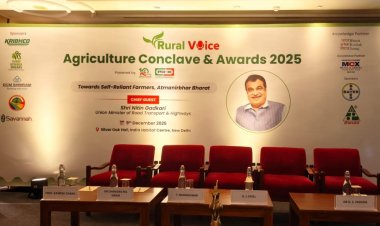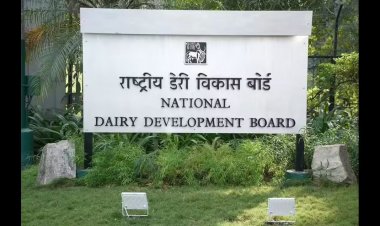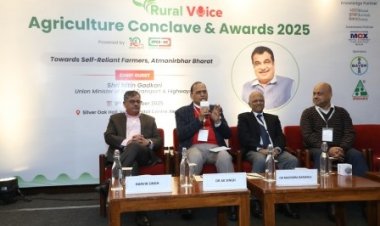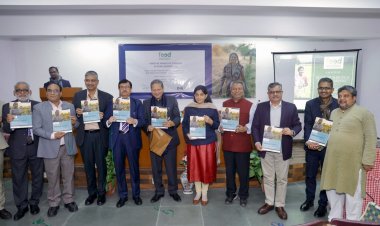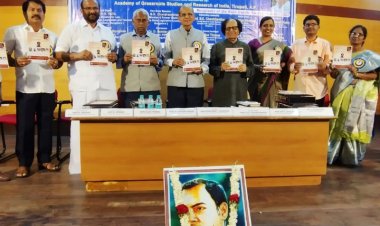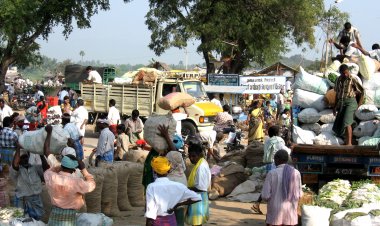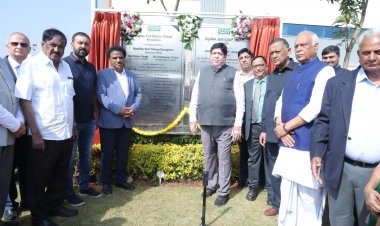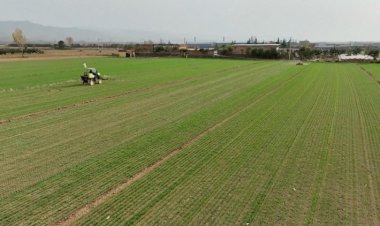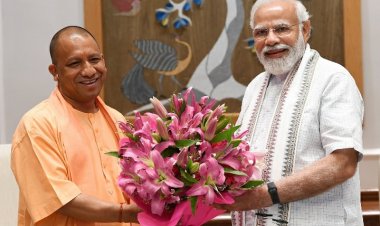12 states affected by Lumpy Skin Disease, about 50,000 cattle dead, but states yet to declare it pandemic
Cattle farmers in the country are badly affected by Lumpy Skin Disease (LSD). According to government figures, 49,628 cattle have died of it up to August 31. According to the DAHD of the Central Government, 165 districts in 12 states are affected by it and more than 20mn cattle are threatened by this disease. As per officials in the Ministry of Agriculture, the disease has spread to 24 states. Even in the remote Andaman and Nicobar Islands, the infection has killed cows. But despite the massive crisis, state governments are not declaring it to be a pandemic.
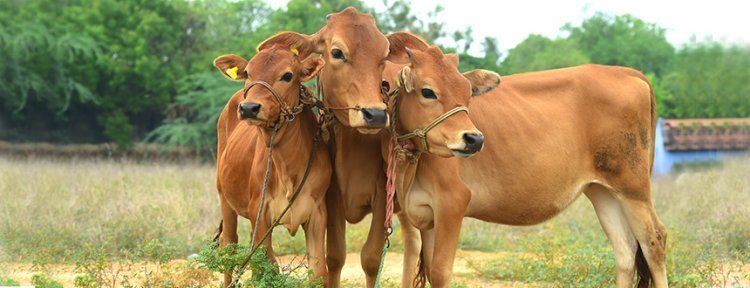
Cattle farmers in the country are badly affected by Lumpy Skin Disease (LSD). According to government figures, 49,628 cattle have died of it up to August 31. According to the Department of Animal Husbandry and Dairying (DAHD) of the Central Government, 165 districts in 12 states are affected by it and more than 20mn cattle are threatened by this disease. As per officials in the Ministry of Agriculture, the disease has spread to 24 states. Even in the remote Andaman and Nicobar Islands, the infection has killed cows. But despite the massive crisis, state governments are not declaring it to be a pandemic. This is the situation when there is no cure for the disease. However, a vaccine has been developed for it and cattle are being administered goat and sheep pox vaccine. The vaccine does prevent the disease, but not fully so.
A DAHD official told Rural Voice that Lumpy Skin Disease had spread to 12 states in the country so far. The Ministry has also set up a control room. As per the figures it received from the states, 49,628 cattle have been killed by the disease up to 31 August 2022. The number of cattle affected by the disease is 1.121mn while more than 25.5mn are in the threatened category. There are 20,870 epicentres or hotspots of the disease in the country at present.
Of the 165 districts in 12 states affected by LSD, Rajasthan has the largest share of 31 districts. This is followed by 26 districts in Gujarat, 24 in Punjab, 22 in Haryana, 21 in Uttar Pradesh (UP), 18 in Jammu and Kashmir (J&K), nine in Himachal Pradesh (HP), five in Madhya Pradesh (MP), four in Uttarakhand, three in Maharashtra and one each in Goa and Andaman and Nicobar. An Indian Council of Agricultural Research (ICAR) official told Rural Voice that 24 states in the country have been affected by this disease. So, the number of diseased cattle and those dead may be much more than that in the figures given by the Ministry of Animal Husbandry.
LSD was first seen in the world in Africa in 1929. But in the year 2000, the disease had broken out in most countries, including the Gulf countries, Israel, countries of Europe, Russia, Balkan countries, Bangladesh and Nepal. As far as India is concerned, although LSD was first seen in Odisha in 2019, it had never before reached the epidemic proportions as seen in the last two months.
The disease spreads among the cattle through insects. When a mosquito or fly comes into contact with an animal and sits on another, it infects the latter. As far as the milk of the infected animal is concerned, its production sees a drastic fall. And if the animal gets severely ill, it stops producing milk. Regarding the consumption of milk from diseased cattle, scientists say that it should be boiled before use.
It is interesting that the disease, which first occurred in the eastern state of Odisha, is currently not found in the eastern and southern states of the country. Rather, it has spread in the western, north-western and northern states of the country.
A senior official in the Animal Science Department of the ICAR said in an interview with Rural Voice that there was no protocol for the treatment of LSD so far. Doctors treat the disease at the local level at their own discretion. Vaccinating the cattle is the only right way of protecting them. What the cattle are being vaccinated with at present is the goat and sheep pox vaccine. Which protects the cattle up to 60 per cent. According to the Ministry of Animal Husbandry, 6.516mn cattle have been administered the goat pox vaccine so far and 2.484mn doses of the vaccine are available. The requirement, on the other hand, is 10.5mn doses of vaccine. At the same time, a senior official from the ICAR told Rural Voice that vaccinating about 80 per cent of the cattle was the only way to put an end to this disease. This will require 200mn doses of vaccine.
The disease, which has come as a threat to the farmers in a large part of the country, has gone up to the level of a pandemic, but state governments are still shying away from declaring it to be so. If they do so, they fear that the burden on financial resources will go up. Regarding the vaccination expenditure, the official from DAHD told Rural Voice that the Centre was bearing 60 per cent of the expenditure while the states were giving 40 per cent. The abovementioned official says that just as the centre had earlier borne the entire burden of the vaccination against two other diseases, including the vaccination against the foot-and-mouth disease (FMD), a similar situation is emerging in the case of vaccination against LSD, because going by the level at which the disease is spreading, vaccination is necessary to control it. Experts, on the other hand, say that the outbreak of the disease may reduce once the monsoon season is over.



 Join the RuralVoice whatsapp group
Join the RuralVoice whatsapp group

















